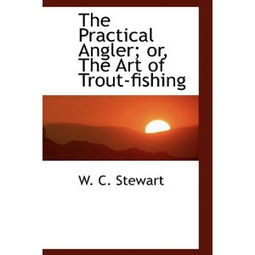Content:
Introduction: Worm fishing, an ancient and effective method of angling, has been practiced for centuries. It involves using live or dead worms as bait to attract fish. While many anglers prefer to purchase worms from stores, there is a certain thrill and satisfaction in digging for your own bait. This article will guide you through the process of how to dig for worms in the wild and provide some essential fishing techniques to enhance your chances of success.
Section 1: Finding the Right Location The first step in worm digging is to find the perfect spot. Look for areas with rich organic matter, such as forests, meadows, or near bodies of water. These locations are more likely to have a high worm population. Keep an eye out for signs of worms, such as burrowed soil or worm castings.

Section 2: Choosing the Right Tools To dig for worms, you will need a few essential tools. A small shovel or trowel is ideal for digging, as it allows you to work efficiently without disturbing the soil too much. A bucket or container is necessary to store your worms, and a small bag or box to keep them contained while you fish.
Section 3: Digging for Worms Start by finding a suitable spot with rich organic matter. Carefully dig a small hole, about 6-8 inches deep, using your shovel or trowel. As you dig, look for worm burrows and castings. Once you find a burrow, gently push the soil away to reveal the worm. Be gentle to avoid damaging the worm. Place the worm in your bucket or container, and continue digging until you have enough.
Section 4: Caring for Your Worms Worms require proper care to ensure they remain healthy and active. Place your bucket or container in a cool, shaded area away from direct sunlight. Keep the worms moist by misting them with water or placing a damp cloth over the container. Avoid overcrowding the worms, as this can cause stress and lead to their death.
Section 5: Fishing Techniques Once you have your worms, it's time to fish. Here are some essential fishing techniques to help you catch more fish:
Choose the Right Worm: Different types of worms attract different fish species. For example, nightcrawlers are great for bass, while red wigglers are ideal for panfish. Experiment with different types of worms to see which one works best for your target species.
Leader Length: Use a leader of appropriate length to ensure your worm reaches the fish. A leader of 12-18 inches is usually sufficient.
Baiting the Hook: Place the worm on the hook in a natural-looking manner. Avoid making it look too unnatural, as this may deter fish from biting.
Presenting the Bait: Cast your line out into the water and let it sink to the desired depth. Gently twitch the bait to mimic the natural movement of a worm. If you don't get a bite, try changing your technique or moving to a different location.
Setting the Hook: When you feel a tug on your line, set the hook quickly but gently. Avoid pulling too hard, as this may cause the fish to spit out the worm.
Reeling in the Fish: Once you've set the hook, reel in the fish slowly and steadily. Keep a firm grip on the line to prevent the fish from breaking free.
Conclusion: Worm digging and fishing can be a rewarding and enjoyable experience. By following these tips and techniques, you'll be well on your way to becoming a master worm digger and angler. Remember to respect the environment and practice ethical fishing to ensure the sustainability of our natural resources. Happy fishing!












